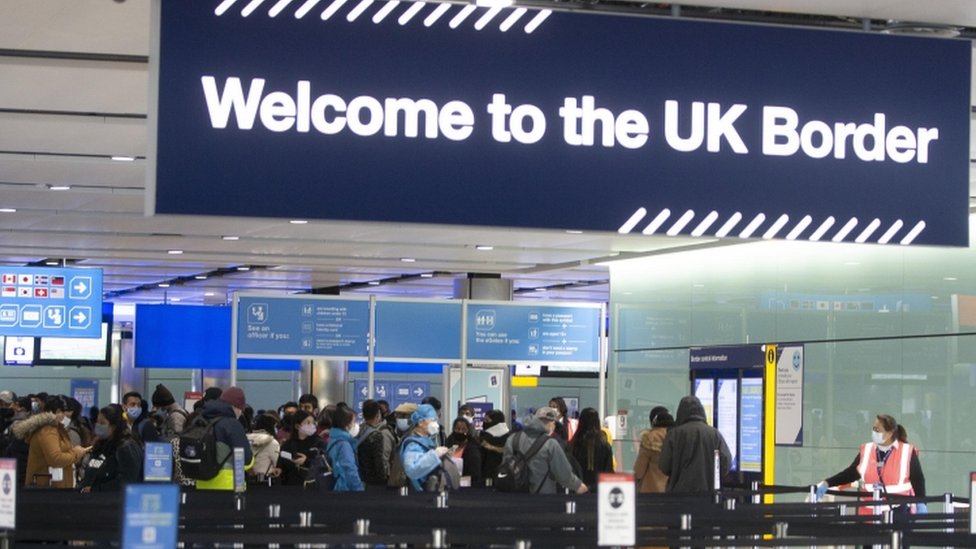Footwear and Leather Working Trades, classified under SOC Code 5412, encompass skilled craftsmen who work with leather and related materials to produce and repair various leather goods, including footwear. These trades are essential to maintaining the quality and durability of leather products in the market. Key responsibilities of professionals in this field include:
- Using Hand Tools or Machines: Skilled workers utilize precision tools to cut, trim, and punch holes in leather or leather substitutes, ensuring accuracy in component parts.
- Footwear Assembly: Position and shape leather and rubber components on lasts, joining uppers to insoles and soles to create finished footwear products.
- Product Repair: Apply craftsmanship to repair saddles, harnesses, belts, straps, and other leather items using both hand tools and machinery.
- Sewing and Stitching: Employ hand and machine techniques to sew and stitch leather and other materials, involved in the making and decoration of various leather goods that are not garments.
- Master Patterns Preparation: Create detailed paper or paperboard master patterns for component parts of footwear to ensure consistency and quality in production.
- Finishing Touches: Perform tasks to wax, clean, and finish footwear and other leather goods to enhance their aesthetic appeal and longevity.
With the rising demand for high-quality leather products and custom craftsmanship, businesses in the industry are increasingly looking for skilled artisans, leading to opportunities for sourcing talent from around the globe. This guide aims to assist HR professionals in navigating the complexities of hiring and sponsoring footwear and leather working trades under the UK’s immigration framework.
What is SOC Code 3411 for Footwear and leather working trades?
SOC Code 5412 refers to professionals in the footwear and leather working trades who specialize in crafting and repairing various leather products. Their responsibilities can include:
- Cutting and shaping leather: Using hand tools or machines to cut out, trim, and punch holes in leather or leather substitute components.
- Assembling footwear: Positioning leather and rubber components on lasts, shaping, and joining uppers to insoles and soles.
- Making and repairing leather goods: Constructing and repairing saddles, harnesses, belts, straps, and other leather products using hand tools and machines.
- Sewing and stitching: Utilizing hand and machine tools to stitch leather and/or other materials in the making and decoration of footwear and leather goods other than garments.
- Creating master patterns: Preparing paper or paperboard master patterns for component parts of footwear to ensure precision and accuracy in production.
- Finishing leather products: Waxes, cleaning, and finishing footwear and other leather goods to enhance their appearance and durability.
Professionals in the footwear and leather working trades play a vital role in producing high-quality leather products that meet consumer needs while preserving traditional craftsmanship techniques.
Eligibility to Hire Footwear and leather working trades (SOC Code 3411)
1. Job Requirements
Candidates applying for positions in the Footwear and Leather Working Trades must possess the necessary skills and qualifications to meet the demands of the role. These may include:
- Technical Skills: Proficiency in using hand tools and machinery for cutting, trimming, and stitching leather or leather substitute materials.
- Experience: Demonstrated ability in assembling footwear, including positioning components on lasts and joining uppers to insoles and soles.
- Repair Skills: Experience in making and repairing various leather products such as saddles, harnesses, belts, and straps.
- Pattern Making: Ability to prepare paper or paperboard master patterns for footwear component parts.
- Finishing Techniques: Knowledge of techniques to wax, clean, and finish footwear and other leather goods to ensure quality and durability.
- Attention to Detail: Strong focus on precision and quality in the making and decoration of footwear and leather goods.
Prospective candidates should ensure their experience aligns with the expectations outlined in SOC Code 5412 and demonstrate the necessary craftsmanship and dedication to excel in this trade.
- Salary Thresholds
- Use the Minimum Salary Calculator to ensure your salary offer meets immigration requirements.
Sponsoring Footwear and leather working trades: A Step-by-Step Guide for HR Professionals
Once you’ve confirmed that the role and candidate meet the eligibility requirements, follow this step-by-step guide to sponsoring Footwear and leather working trades under SOC Code 5412.
Step 1: Obtain a Sponsor Licence
Before hiring non-UK Footwear and leather working trades, your company or institution must obtain a sponsor licence. This licence enables you to legally sponsor overseas Footwear and leather working trades under the Skilled Worker Visa program.
- Sponsor Licence Application: Submit documentation proving that your business is legitimate and has a genuine vacancy. Visit the sponsor licence application guide for more information.
- Sponsor Licence Fees: Small businesses typically pay £574, while larger institutions pay £1,579. For more information, visit the sponsor licence fees guide.
- Processing Time: Applications typically take up to 8 weeks, but using the Sponsor Licence Priority Service can reduce the processing time to 10 working days.
Once your sponsor licence is approved, you will receive a sponsor licence number, which allows you to assign Certificates of Sponsorship (CoS).
Step 2: Assign a Certificate of Sponsorship (CoS)
Once you have your sponsor licence, the next step is to assign a CoS to the Footwear and leather working trades. This document provides key details about the job and the individual being sponsored.
- Defined vs Undefined CoS: Use a Defined CoS for Footwear and leather working trades applying from outside the UK, and an Undefined CoS for those already in the UK. Learn more in the Defined & Undefined Certificates of Sponsorship guide.
- Required Documents: Provide details such as the Footwear and leather working trades’s portfolio, passport and job offer. Refer to Documents Required for Certificate of Sponsorship for a full list of necessary documents.
Step 3: Apply for the Skilled Worker Visa
Once the CoS is issued, the Footwear and leather working trades can apply for the Skilled Worker Visa.
- Visa Fees: Fees vary depending on the role and visa length—use the visa fees calculator to estimate the costs.
- Immigration Skills Charge: Employers are required to pay this charge as part of sponsoring non-UK workers. This is separate from visa fees.
Conducting a Right to Work Check for Footwear and leather working trades
Before the Footwear and leather working trades begins working, you must conduct a right to work check to ensure they are legally allowed to work in the UK.
- Manual Right to Work Check: Verify original documents such as the Footwear and leather working trades’s passport and visa.
- Online Right to Work Check: If the Footwear and leather working trades holds an eVisa, you can use the UK government’s online system to verify their right-to-work status.
For more details on how to perform these checks, see the right to work check guide.
Post-Hiring Responsibilities and Compliance
- Record-Keeping and Reporting
- Record-Keeping: Maintain accurate and up-to-date records of the Footwear and leather working trades’s employment details, salary and contact information.
- Reporting Changes: Report any significant changes to the Footwear and leather working trades’s role—such as promotions or salary increases—via the Sponsor Management System (SMS).
- Sponsor Licence Duties and Compliance
- Failure to comply with your sponsor licence duties can result in penalties or sponsor licence revocation, impacting your ability to sponsor future Footwear and leather working tradess.
How Borderless Can Help with Sponsoring Footwear and leather working trades
Sponsoring Footwear and leather working trades under SOC Code 5412 can be a complex process, but Borderless can simplify it for you. We offer comprehensive support to help you manage the entire sponsorship process.
End-to-End Sponsorship Support
At Borderless, we assist with:
- Sponsor Licence Application: Guiding you through the application process and ensuring all required documents are submitted correctly.
- Certificate of Sponsorship Assignment: Streamlining the CoS process to make hiring easier.
- Compliance Management: Helping you stay compliant with immigration laws to avoid penalties.
If you need assistance with hiring or sponsoring Footwear and leather working trades, get in touch for personalised support.
Conclusion
Hiring and sponsoring Footwear and leather working trades under SOC Code 5412 can be a rewarding way to enrich the cultural landscape of your organisation. By following the steps outlined in this guide, you can successfully navigate the sponsorship process while ensuring compliance with UK immigration laws.
For further guidance, Borderless is ready to assist you with all your sponsorship needs. Contact us for expert advice.
Automate Home Office Audits with Borderless
The Borderless platform provides a centralized system for all sponsorships, automating reminders for key tasks and ensuring best practices across your organization, simplifying audit preparation and ongoing compliance.






